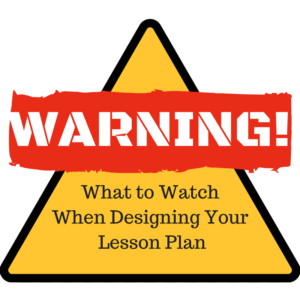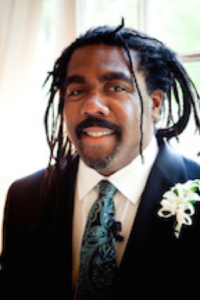Interviews

Check out what researchers and practitioners have to say about intergroup conflict
Linda R. Tropp: Co-Author of “Recent Advances in Intergroup Contact Theory”
Dr. Tropp, originally from Gary, Indiana, was raised during the Black Liberation Movement of the 1970s. Being white and Jewish in a largely black community, Tropp was raised as a minority. Her continued interest in group membership stems from her upbringing. Tropp’s initial focus was racial relations in the United States but has since expanded to other forms of group membership on an international scale.
Tropp’s Tips for implementing a prejudice intervention:
-
Don’t reinvent the wheel! There are many resources already created to help make this process easier. Be sure to research the specific needs of your group.
-
Be aware of the the different between-group and within-group attitudes and tensions present. These points of view and views need to be addressed.
Milton Reynolds: Senior Program Associate at Facing History and Ourselves
Reynolds, along with Facing History and Ourselves, works to produce curriculum materials on an educational and professional level to educate people about issues having to do with membership in society through the lens of history. They also offer support to teachers to implementation of curriculum content. Their goal is to create conversations about the relationship between historical events and the human behavior that animate them; demonstrate that choices made by individuals affects history. Facing History and Ourselves has a specific focus on educators in order to indirectly impact students. Goal is to get people to engage in civic discourse, conversation to raise understanding and empathy.
Reynolds’ tips for implementing a prejudice intervention:
-
Think about who your audience is; your approach will change depending on who your audience is.
-
Intergroup conflict must be seen in a historical framework- the issues did not occur overnight. It is important to look at where conflicts begin in order to reevaluate them.
-
Challenge the group— ask what needs to be uprooted to create space for necessary conversations.

Allison Elgart: Legal Director at Equal Justice Society
Allison Elgart come from a long line of New York City public school teachers and has always been interested in education. She wants to address educational disparity and its impact on education through community advocacy.
Equal Justice Society is a non-profit founded in 2000 with the goal of bringing social science to address racial discrimination. Most students represented by EJS are Black or Latinx. Elgart feels the kids EJS assists are thought to be acting out in class because they are “bad” rather than reacting to underlying issues. She feels that the kids don’t get the accommodations they need and educators are not looking at what is really going on due to misconceptions and stereotypes present in today’s classrooms.
Elgart’s tips for implementing a prejudice intervention:
-
Teachers may treat students differently based on their race without realizing it. Be sure to look at your own privilege and how that affects your teaching ability.
-
There needs to be an understanding of trauma and stereotype threat caused by one’s identity. You must look at the trauma that students been through and question whether they are receiving same quality education as other students.
-
Focus on conflict resolution. There need to be conversations about what’s underlying behavior and active movement toward a mindset of nurturing rather than punishment.
 The field experts made sure to warn of risks associated with addressing feelings of inequality and prejudice. Here are THREE things to keep in mind while designing group work for your unique community.
The field experts made sure to warn of risks associated with addressing feelings of inequality and prejudice. Here are THREE things to keep in mind while designing group work for your unique community.
-
Different groups might have DIFFERENT LEVELS OF AWARENESS: You cannot assume that everyone is fully knowledgeable about the tensions in their community, but also cannot assume they do not recognize their presence. Majority groups may also feel attacked or defensive when forced to address their own privilege. It is important to stay sensitive and to the needs of your environment.
-
Contact is important and so are CLEAR EXPLANATIONS of values and intentions: Prejudice is built on false assumption. Using clear language to remove assumption is a powerful tool to help individuals see eye-to-eye.
-
INTERSECTIONALITY is important: Intersectionality is the overlapping of systems of disadvantage. For example, women collectively deal with prejudice. However, within the female gender, women of color deal with additional pressures. This overlap is important when thinking about the unique perspectives.

